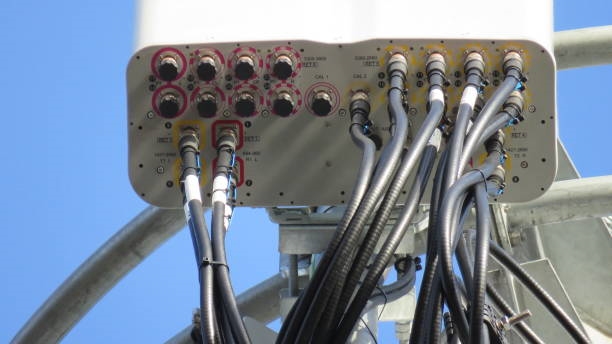Principles of Moving Target Display (MTD) Radar
Radar systems are widely used in surveillance, navigation, and defense. One critical function is the ability to distinguish moving targets (such as aircraft, ships, or vehicles) from unwanted stationary echoes (clutter from ground, buildings, or terrain). This is where the Moving Target Display (MTD) Radar concept comes in.
1. The Need for MTD Radar
When a radar transmits a pulse, the receiver picks up reflections from everything in its path:
-
Ground, sea, and buildings → stationary clutter
-
Aircraft, ships, vehicles → moving targets
If clutter dominates the radar screen, the true moving objects can be masked. MTD radar solves this problem by filtering out stationary returns and highlighting moving objects.

2. Principle of Operation
The basic idea relies on the Doppler effect:
-
A stationary object reflects radar waves at the same frequency as transmitted.
-
A moving object reflects waves with a slightly shifted frequency (Doppler shift), proportional to its velocity.
MTD radar detects this frequency shift to distinguish moving targets from clutter.
3. Key Components of MTD Radar
-
Pulse Doppler Processing
-
Transmits a train of pulses and measures phase changes between successive echoes.
-
Extracts the Doppler frequency of returns.
-
-
Clutter Filters (MTI/MTD Filters)
-
Stationary or slow-moving clutter produces near-zero Doppler shifts.
-
These are filtered out using high-pass or band-pass filters in the frequency domain.
-
-
Fast Fourier Transform (FFT) Analysis
-
The Doppler spectrum of received signals is computed.
-
Each Doppler bin corresponds to a velocity range.
-
Targets with measurable Doppler shifts stand out against clutter.
-
4. Advantages of MTD Radar
-
Clear target detection even in heavy clutter environments (e.g., near terrain or sea).
-
Velocity measurement of targets in addition to range and angle.
-
Improved reliability for air defense, air traffic control, and maritime surveillance.
5. Limitations
-
Blind speeds: Certain target velocities may produce zero Doppler shift relative to the radar’s pulse repetition frequency (PRF), making them harder to detect.
-
Complex signal processing requirements.
-
Less effective against very slow-moving targets (close to clutter speed).
6. Applications
-
Air defense radars (detecting aircraft among ground clutter).
-
Air traffic control systems.
-
Maritime surveillance (detecting ships in sea clutter).
-
Weather radar, to separate moving storm systems from static reflections.
Conclusion
The Moving Target Display Radar is built on the principle of exploiting Doppler frequency shifts to distinguish moving objects from stationary clutter. By combining pulse Doppler processing, clutter filters, and FFT analysis, MTD radar provides reliable detection of moving targets, making it a cornerstone of modern surveillance and defense systems.
 ALLPCB
ALLPCB







